Does it need to break-in the suspension? How should I break-in?
- 2021.10.06
- Topic
- break-in, GT-R, Nissan, Suspension
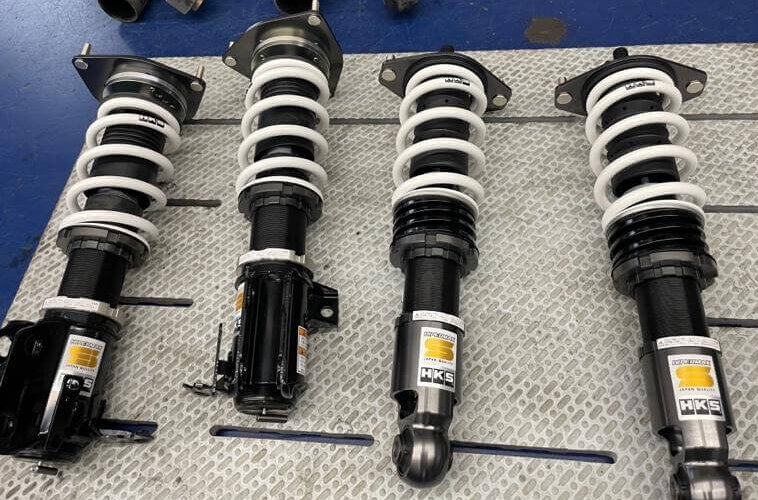
As a collection of tens of thousands of parts, a car is constantly exposed to movement and vibration during use, and it is sometimes said that it needs to be “break in. Many people have heard of “engine break-in”, where the engine is run at a low RPM for a while, but it is a little known fact that there is a similar break-in process for suspensions as well. In this article, we will discuss “breaking in the suspension”.
Is it necessary to break-in the suspension?
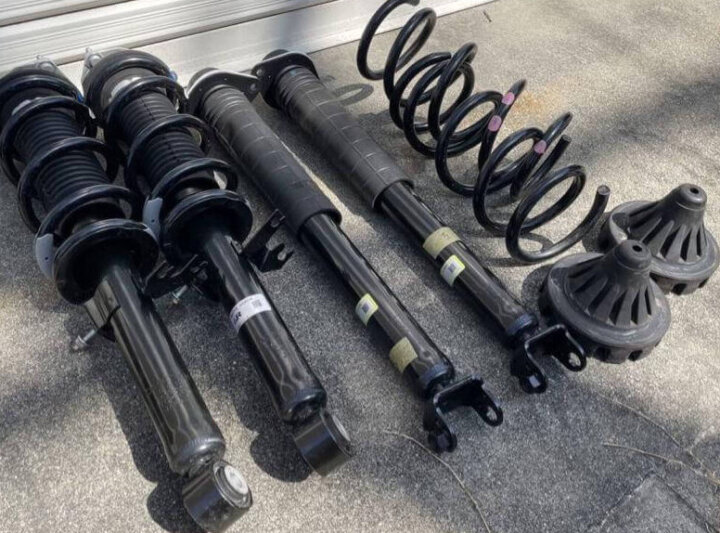
There are pros and cons regarding the need for suspension break-in. However, as it turns out, the suspension needs to be broken in. The suspensions of mass-produced cars are subject to a small amount of error.
Therefore, even if the suspension is 100% complete, some amount of driving is necessary before the matching is completed in the assembled state. Therefore, it is necessary to break-in the suspension.
In particular, it is a good idea to break in the suspension when you have replaced the stock suspension with an external suspension or dampers.
Break-in of the factory installed suspension
Some people believe that the factory-installed stock suspension does not need breaking-in, but the stock suspension also needs to be broken-in to properly demonstrate its true potential.
So, how exactly should you break in your car?
With damping force adjustment function
This section will start with the suspension with damping force adjustment function that has been installed in many cars in recent years.
The damping force adjustment function, sometimes called variable damper, is a suspension system that allows you to adjust the damping force of the suspension as desired according to the driving situation, or automatically adjusts the damping force in conjunction with the car’s system.
For factory-installed suspensions with damping force adjustment, drive 500 km to 1,000 km in comfort mode or other settings that emphasize ride comfort.
By keeping the suspension in the well-moving mode, the movement inside the coils and shock absorbers that make up the suspension will be smoother. As for driving, try to drive gently and go over bumps on sidewalks and other surfaces gently.
No damping force adjustment function
For suspensions that do not have damping force adjustment, it is best to drive gently for 500km to 1000km. Gentle overcoming of bumps on sidewalks and other surfaces, and avoiding sudden strong inputs as much as possible will improve familiarity.
Breaking in the external suspension
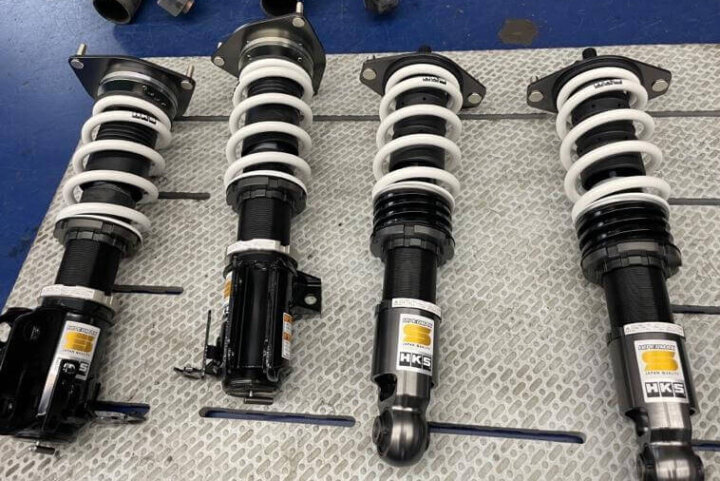
Some owners install external suspension for a sportier ride. It is this external suspension that we recommend that you focus on during the break-in process.
Of course, the purpose is to improve the match between the car and the suspension, but it is also because the driver needs to get used to the driving feel of the new suspension.
Also, don’t forget to adjust the alignment and retighten the suspension mounting parts after the break-in period is over.
In the following section, I will explain the specific method of breaking in the car.
External Suspension Break-in Procedure
After reassembling to an external suspension, try to drive gently for 500km to 1000km.
The key is to refrain from abrupt maneuvers and cornering at high speeds where a lot of load is applied, and to focus on making the suspension work well.
Also, for suspensions with adjustable damping force, set the damping force to a slightly softer setting so that the coils and shock absorbers will move more smoothly.
After break-in
After the break-in is complete, adjust the alignment and retighten the suspension mounting points.
This is because although the products are becoming more and more precise, there is still a possibility that the mounting parts, etc. may loosen due to the matching with the car body or the movement of the suspension.
Cars that have been designated for suspension break-in
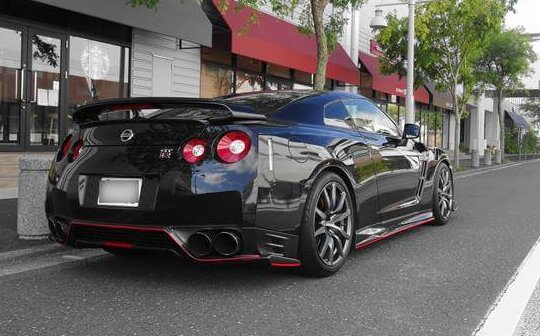
Many cars are not specified by the manufacturer to be broken in. However, there are some cars for which the manufacturer specifies a detailed break-in procedure.
The car is a Nissan GT-R.
The GT-R, Japan’s pride and joy, is a multi-performance supercar that must undergo a manufacturer-specified break-in period of up to a whopping 2,000 kilometers.
From 0 to 500km, the driver is instructed to use the gas pedal gently, keep the engine speed below 3500rpm, and refrain from sudden maneuvers and driving on rough roads.
Then, from 500km to 1000km, the driver is instructed to operate the gas pedal gently in low gears (1st to 3rd gear), refrain from sudden movements and driving on rough roads, and set the shock absorber to Comfort mode.
From 1000km to 2000km, the manufacturer specifies that you should use the M range to maintain a high engine speed, refrain from sudden maneuvers and driving on rough roads, and keep the shock absorber setting in Comfort.
Then, after 2000km, you can finally enter the stage where you can show your true potential.
In order to achieve high performance, the Nissan GT-R must undergo a manufacturer-specified break-in period until it has traveled 2,000 km. The fact that the shock absorber mode is specified in the break-in section indicates that suspension break-in is necessary.
Summary
There are two sides to the argument of whether or not suspension break-in is necessary.
However, there is no doubt that it is better to break in the suspension in order to have a long life with your car.
Keep in mind that not only the factory-installed suspension, but also external suspensions will require more careful break-in and post-break-in adjustments.
- Previous Posts

Nissan Figaro Replacing the Drain Hose 2021.09.11
- Next Post
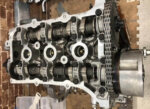
Daihatsu Copen Engine Overhaul 2021.11.06